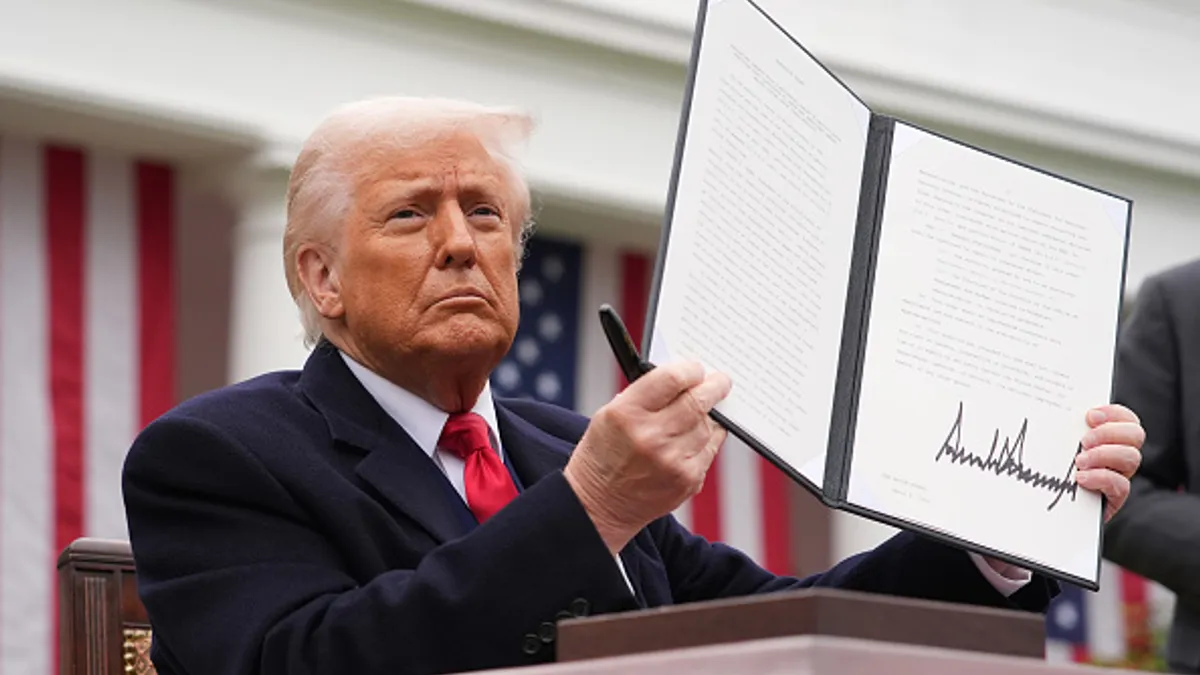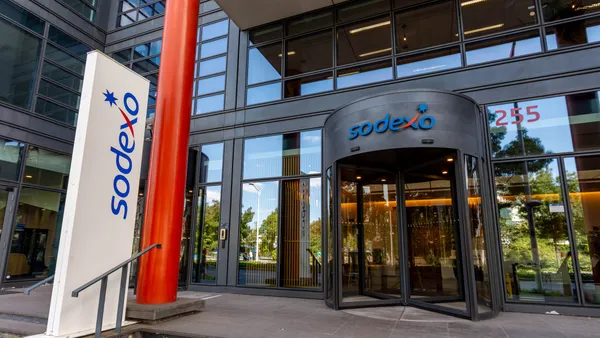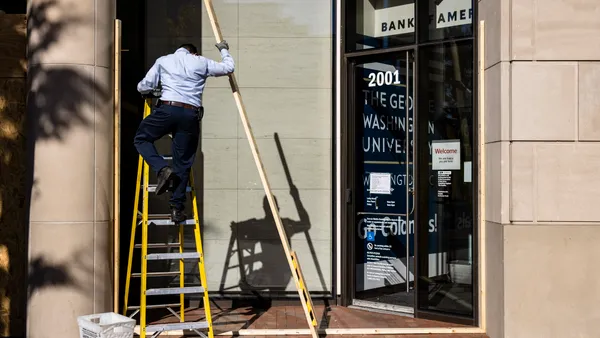About 40% of the commercial systems that the biggest U.S. HVAC companies sell are manufactured in Mexico and are believed to be compliant with the U.S.-Mexico-Canada free trade agreement, industrial analyst Brian Bernard of Morningstar told Facilities Dive.
“As long as USMCA stands, these manufacturers should be okay,” he said.
Trane Technologies, Carrier, Johnson Controls and Lennox all have Mexican production facilities, which means the HVAC systems coming into the United States from those plants should largely escape tariffs.
“Tariffs on Mexico imports [could be] a nonfactor for the industry,” he said.
Costs could still rise to the extent HVAC components that come from China and other Asian countries are subject to tariffs, he said. The Trump administration initially hit China with 34% tariffs, which it increased to 104% after China imposed retaliatory tariffs on goods from the United States. Other Asian manufacturing countries facing big tariffs include Japan (24%), South Korea (25%), Taiwan (32%) and Vietnam (46%).
Bernard also expects costs are likely to rise on ductless HVAC products, which largely come from China and the other Asian manufacturing countries. And costs for imported steel and aluminum could also go up, impacting costs across the board, although many companies have already locked in their purchases of these resources for the next year, Bernard said.
“I don’t want to downplay how the China tariffs will affect the companies, but that has more to do with the components or the ductless product that’s coming in,” he said. “They do have the means to offset that.”
The four big HVAC manufacturers have what Bernard calls a narrow moat around them: They have a relatively strong position in the market and can be expected to sustain that over the next decade unless something were to come along to throw them off their game.
“Every few years you have new energy efficiency standards or new refrigerant standards, so there’s the possibility of a misstep there,” he said. But, absent something like that, they have pricing power and are expected to keep earning excess return over their cost of capital, he said.
Some of this resilience comes from the tariff policy imposed during the first Trump administration, Bernard said. It led companies to reduce their exposure to Chinese manufacturers in favor of Mexican ones. That resulted in almost half of the companies’ HVAC products falling under the protection of the USMCA.
“It’s not as if they’re getting most of their product from China,” he said. “That’s not the case.”













